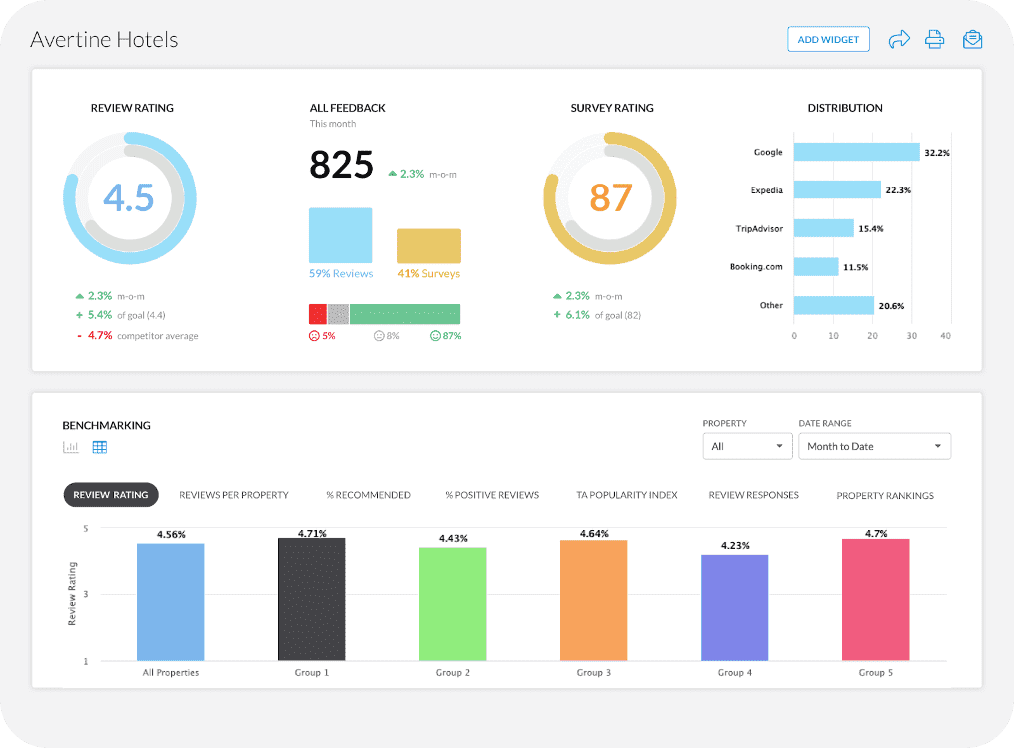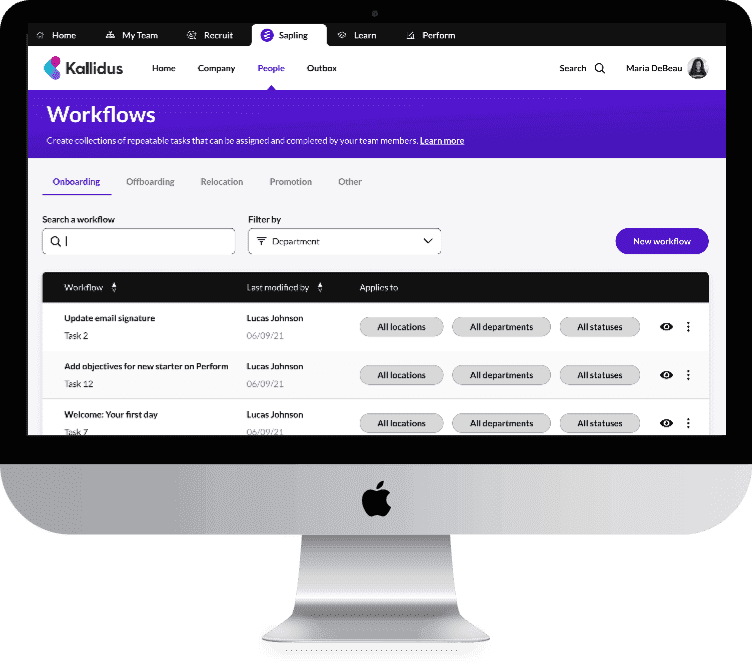In web development, one framework has emerged as a dominant force: React. Developed by Facebook and open-sourced in 2013, React has transformed how developers build user interfaces and manage application states.
As we look ahead, React’s influence on the future of web development becomes increasingly apparent.
1. The Rise of Component-Based Architecture
One of React’s core principles is its component-based architecture. This approach encourages developers to build encapsulated, reusable components that manage their own state. These components can then be composed to form complex user interfaces.
Benefits of Component-Based Architecture

- Reusability
Components can be reused across different parts of an application or even in different projects. This reduces duplication of code and accelerates development.
- Maintainability
Each component is responsible for a specific piece of functionality, making it easier to debug, test, and maintain.
- Scalability
Large applications can be broken down into smaller and manageable pieces. This modularity makes scaling and updating applications more manageable.
As web applications become more complex, the need for maintainable and scalable codebases grows. React’s component-based approach aligns perfectly with this need, ensuring its relevance in the future of web development.
2. The Power of React Hooks
Introduced in React 16.8, Hooks represents a significant shift in how state and side effects are managed within functional components. Before Hooks, managing state and lifecycle methods required class components, which were often cumbersome and less intuitive.
Advantages of React Hooks
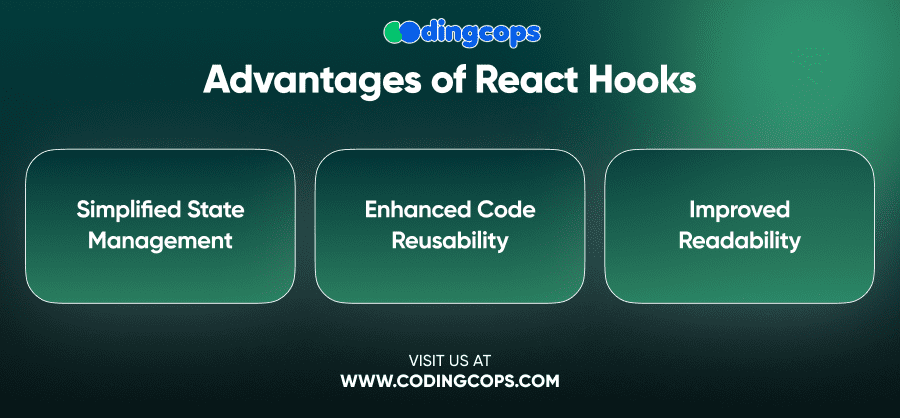
- Simplified State Management
Hooks like useState and useReducer make it easier to manage state in functional components without the need for classes.
- Enhanced Code Reusability
Custom React Hooks allow developers to extract and reuse stateful logic across multiple components.
- Improved Readability
Functional components with Hooks are generally more concise and easier to read compared to class compone
Hooks have democratized state management and side effects, making it accessible and simpler for developers to build complex functionality. This trend towards functional programming within React is likely to continue, shaping the future of web development.
3. React Ecosystem and Tools
The React ecosystem has expanded significantly, with a plethora of tools and libraries designed to enhance development. From state management solutions to build tools, React’s ecosystem supports a wide range of functionalities.
Key Tools and Libraries
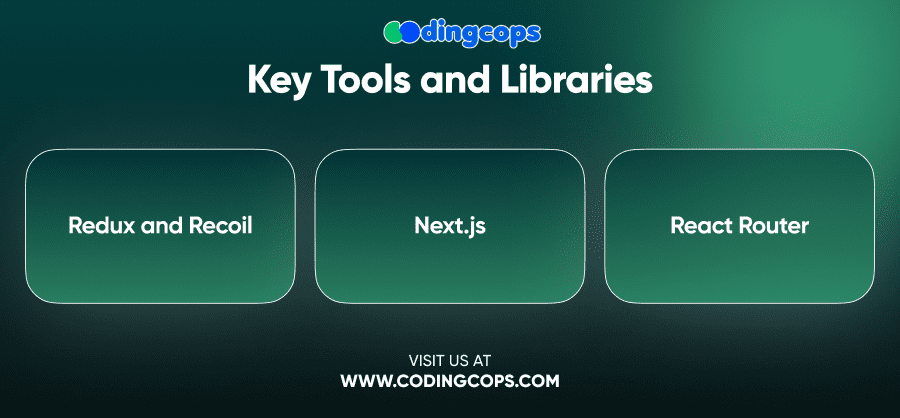
- Redux and Recoil
For advanced state management, libraries like Redux and Recoil offer powerful solutions. While Redux has been a staple for large-scale state management, Recoil provides a more modern approach with an emphasis on fine-grained state management.
- Next.js
A popular framework built on top of React, Next.js provides server-side rendering (SSR) and static site generation (SSG), enhancing performance and SEO capabilities.
- React Router
This library enables dynamic routing in React applications, making it easier to build single-page applications with multiple views.
These tools and libraries enhance React’s capabilities and streamline the development process, ensuring that developers have everything they need to build robust applications. As new tools emerge, they will continue to influence the React ecosystem and the future of web development.
4. Server-side rendering and Static Site Generation
Server-side rendering (SSR) and static site generation (SSG) are becoming increasingly important as performance and SEO considerations continue to grow. While React itself is primarily a client-side library, frameworks like Next.js integrate these capabilities seamlessly.
Next.js and Its Impact
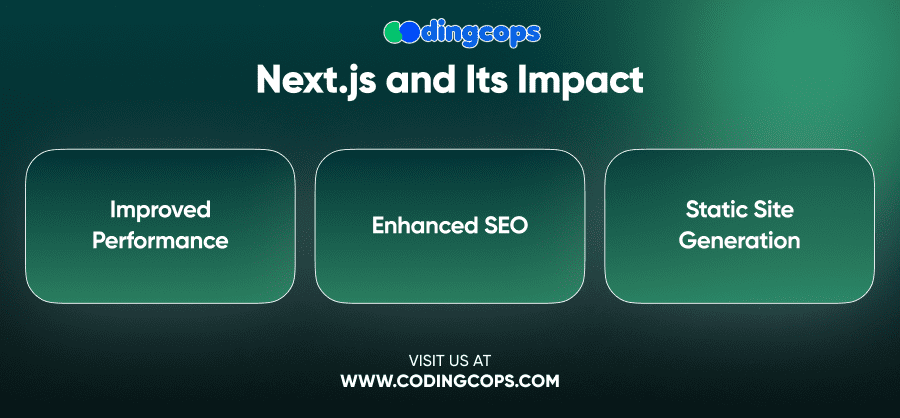
- Improved Performance
SSR can improve page load times by pre-rendering content on the server, reducing the amount of JavaScript needed on the client side.
- Enhanced SEO
By providing fully rendered pages to search engine crawlers, SSR can improve the discoverability of content.
- Static Site Generation
SSG allows developers to generate static HTML at build time, which can be served quickly to users and improves performance.
As user expectations for performance and SEO continue to rise, the integration of SSR and SSG will become increasingly essential. React’s alignment with these techniques through frameworks like Next.js positions it well for the future.
5. The Emergence of Concurrent Mode and Suspense
Concurrent Mode and Suspense are experimental features in React that aim to improve the user experience by making applications more responsive and fluid. While still in development, these features offer exciting possibilities for the future of web development.
Concurrent Mode
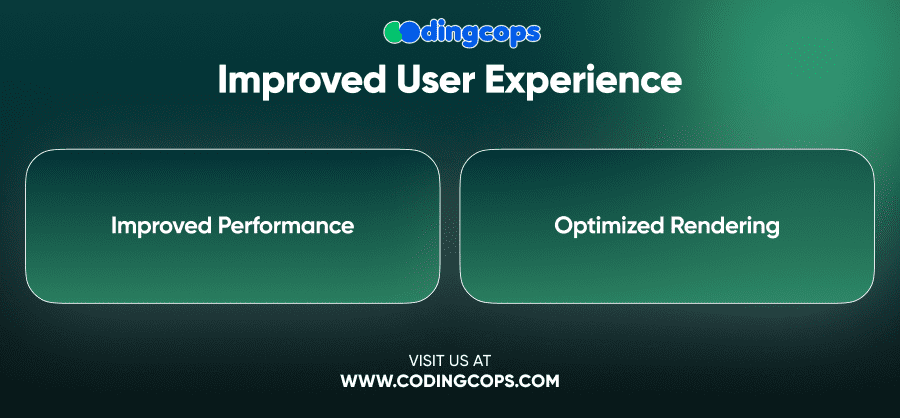
- Improved Performance
Concurrent Mode allows React to interrupt and resume rendering work, leading to smoother and more responsive interactions.
- Optimized Rendering
It helps in prioritizing updates and reducing the time spent on rendering tasks, which is particularly beneficial for complex applications.
Suspense
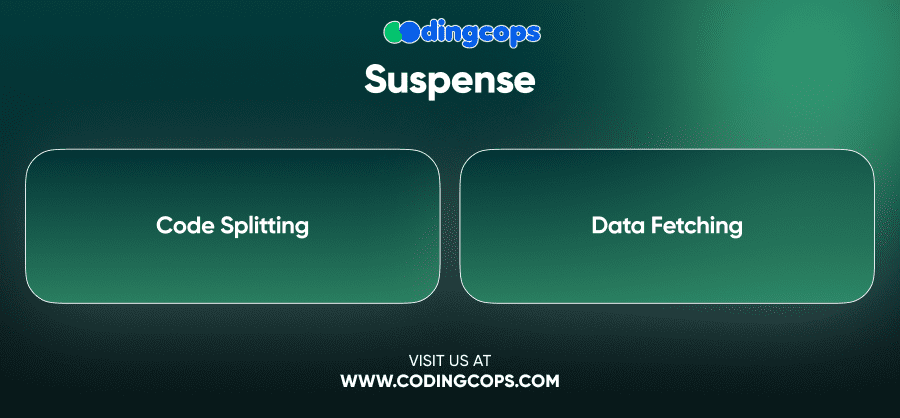
- Code Splitting
Suspense enables components to “wait” for asynchronous data before rendering, facilitating better code splitting and reducing initial load times.
- Data Fetching
It integrates with React’s lazy-loading capabilities, making it easier to handle data fetching and component loading.
These features are set to revolutionize how we build and interact with web applications, making React an even more powerful tool for developers.
6. The Role of TypeScript and Static Typing
TypeScript, a statically typed superset of JavaScript, has gained popularity in the React community. By adding type safety to React applications, TypeScript can prevent many common bugs and enhance development efficiency.
Benefits of TypeScript in React
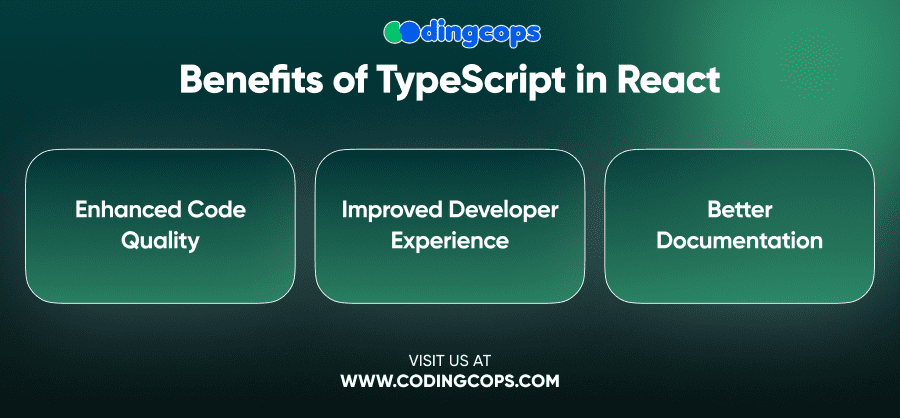
- Enhanced Code Quality
Static typing helps catch errors during development, leading to more powerful and reliable code.
- Improved Developer Experience
Features like auto-completion and type inference improve productivity and reduce the likelihood of runtime errors.
- Better Documentation
Type annotations serve as a form of documentation, making it easier for developers to understand and maintain codebases.
The integration of TypeScript with React is becoming a standard practice, aligning with the industry’s focus on code quality and maintainability.
Conclusion
As new features and tools emerge, React’s adaptability and strong community support ensure that it will remain at the forefront of web development. By embracing these innovations and trends, developers can harness the full potential of React and build the next generation of web applications with confidence.













